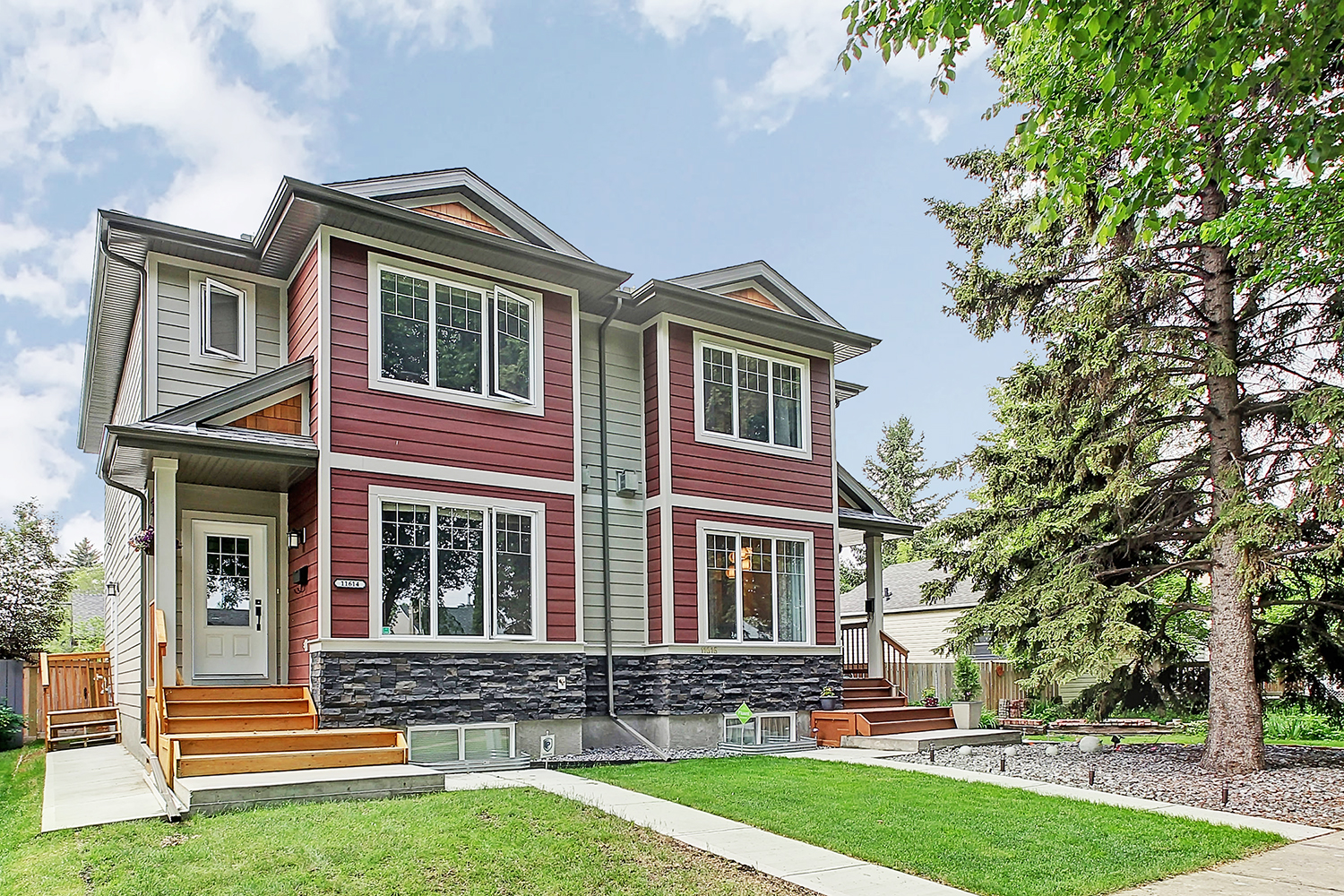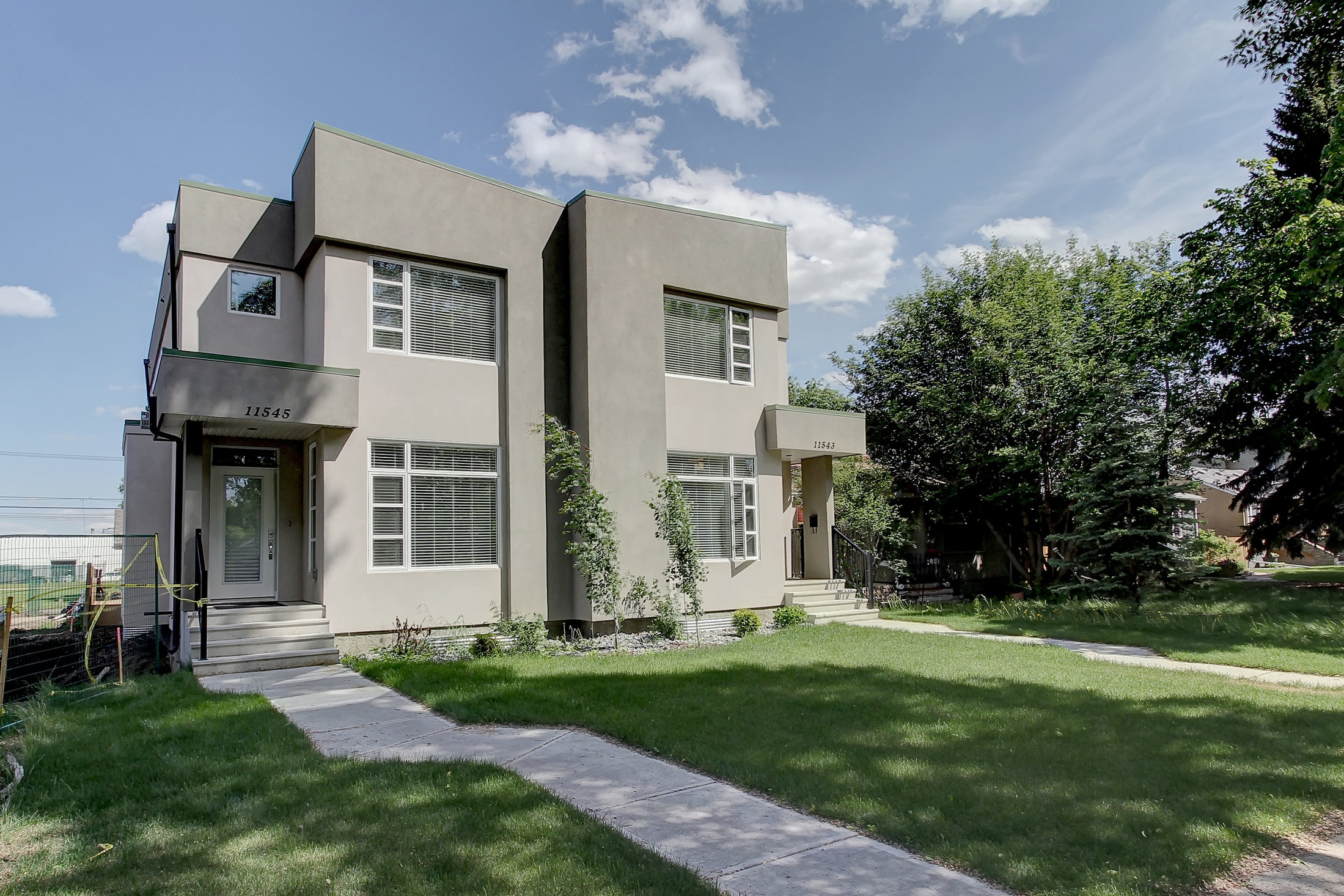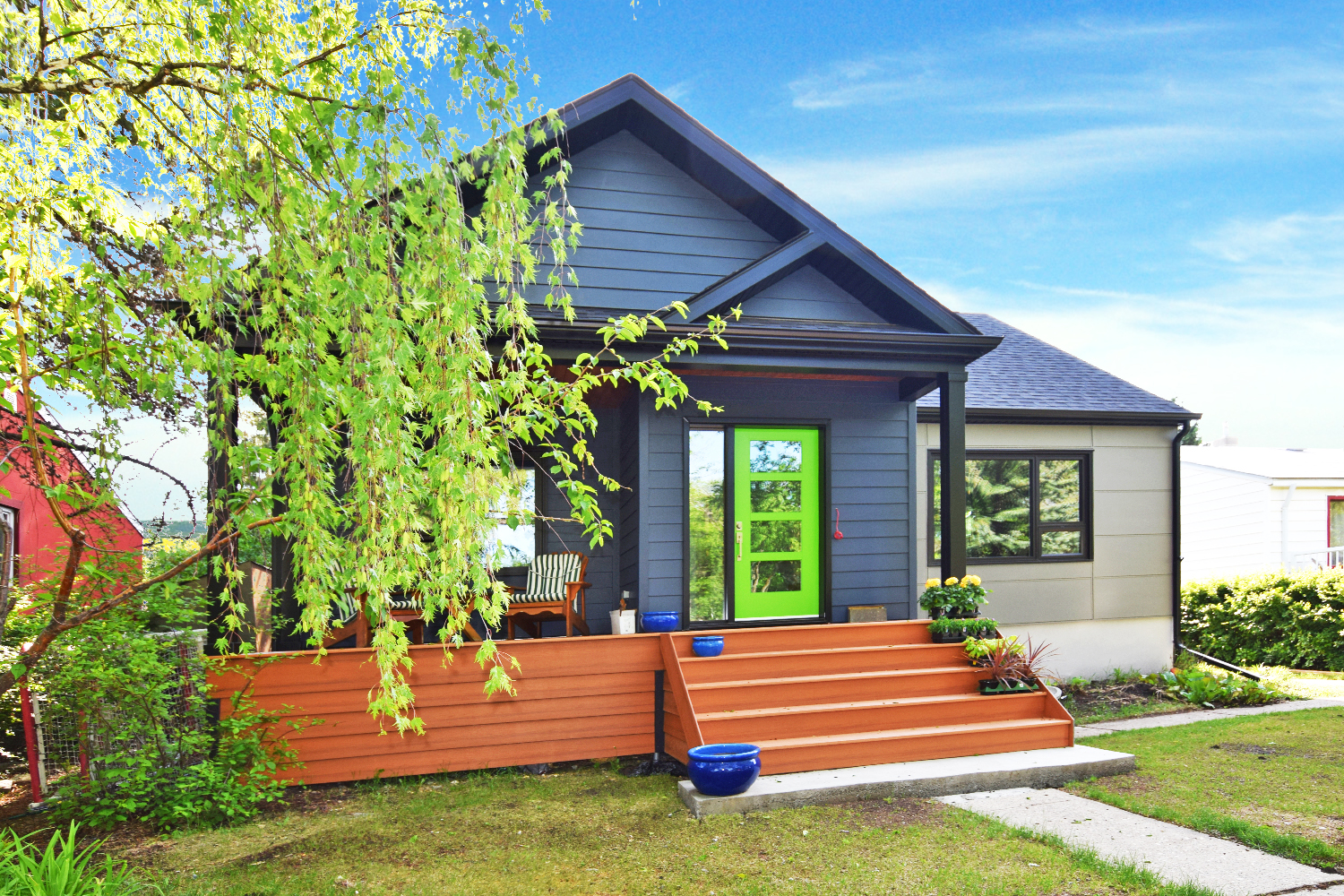What is Infill Development?
“Development in the existing areas of a city, occurring on vacant or underutilized lands, or behind or between existing development and which is compatible with the characteristics of the existing area.”
Why We Believe in Infill
Infill redevelopment can contribute to the liveability and adaptability of established neighbourhoods which are sensitive to existing development. Residential infill may range from single detached houses on a small lot to multi family homes in larger locations.
Every neighbourhood needs essential services such as drainage, roads, parks and green spaces, and access to public transit, recreation facilities, and library resources. When development occurs farther from the central city core, public systems and services become economically and physically strained. The net outcome of strained growth is that the quality and efficiency of services and infrastructure decrease while, at the same time, costing citizens more to maintain.
When growth is accommodated through infill development that increases density, the usage of public infrastructure and services is optimized and results in vibrant and safe neighbourhoods with access to higher quality and sustainable amenities. Infill contributes to the long term cultural, financial and environmental sustainability of communities which can meet the needs and aspirations of residents throughout their entire lifetime and beyond, to those of future generations.
Well designed and thoughtful infill can create a range of housing options that enhance and help preserve natural areas and public spaces. Ultimately, residents who choose infill housing make active contributions to a city social and fiscal environment where they and their neighbours are better able to enjoy high quality opportunities to live, learn, work and play.






